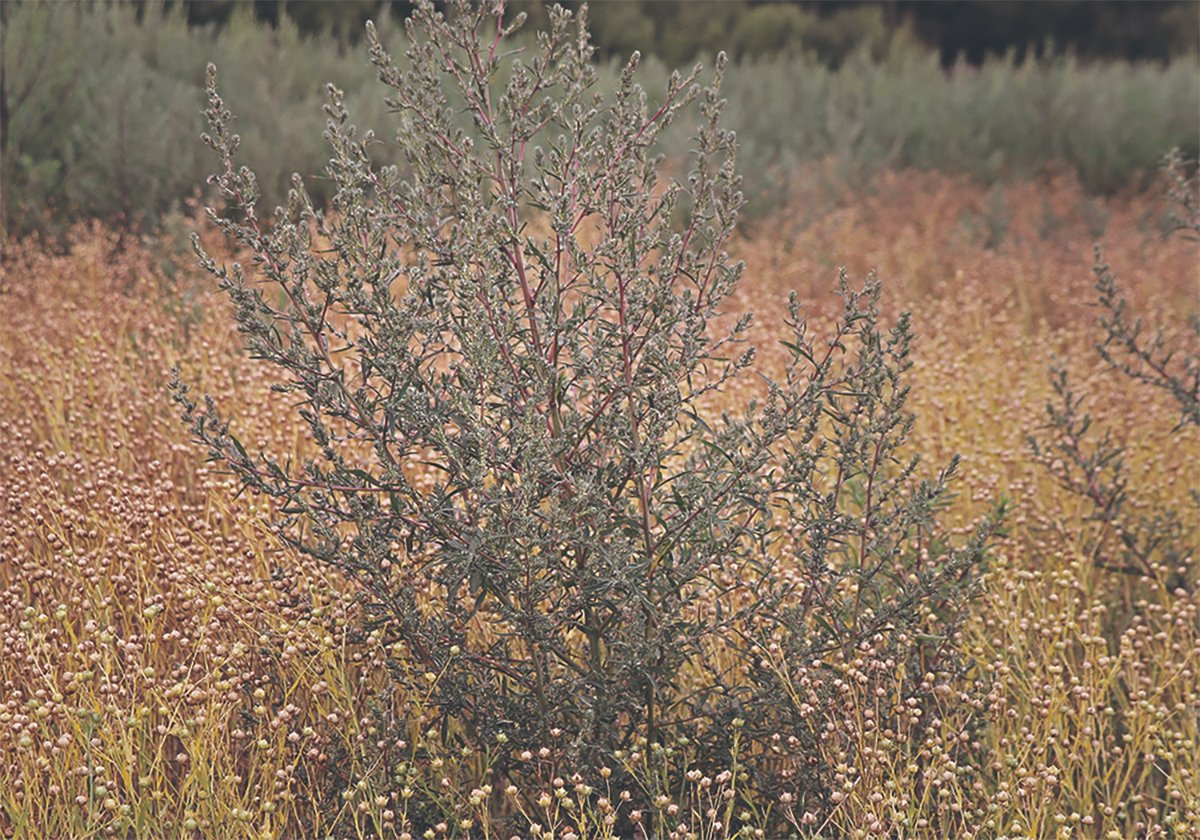Statistics Canada has released reams of information related to farm income for 2021 and 2022.
One of the major stories from the stats is how farm expenses have risen faster than farm income. However, combing through the numbers provides other interesting insights.
First, it’s tough to be farming in Newfoundland and Labrador, Nova Scotia and British Columbia. Those provinces stand out for the large losses in their farm sectors for 2021 and 2022.
Read Also

Kochia has become a significant problem for Prairie farmers
As you travel through southern Saskatchewan and Alberta, particularly in areas challenged by dry growing conditions, the magnitude of the kochia problem is easy to see.
The net farm income statistics thankfully exclude cannabis, which skews the numbers. Realized net income is income minus expenses including depreciation. Total net income takes inventory changes into account.
Realized net farm income and total net income are negative for both years in the three provinces with particularly large losses in B.C. No doubt profitable farms exist in all three, but the cumulative numbers show most farms are struggling to make money. This is in sharp contrast to the positive farm income picture in the rest of the nation.
Farm debt continues to rise. No big surprise there. It went from about $130 billion nationally in 2021 to $139 billion in 2022. Breaking down the farm debt by province isn’t what many expect.
The biggest farm debt is in Ontario at $36 billion, followed by Alberta at $30 billion, Quebec at $27 billion and Saskatchewan at $20 billion. It is surprising that Saskatchewan, which often leads in farm cash receipts and net income, is well down the list for total debt.
There’s another anomaly in Saskatchewan. It’s the only jurisdiction where debt to “federal government agencies” exceeds the debt to chartered banks and it isn’t by a small margin. In 2022, Saskatchewan farmers owed $4.8 billion to chartered banks and $8.2 billion to the feds, in other words Farm Credit Canada.
Loans through advance payment programs jumped to $2.7 billion nationally in 2022 from $1.8 billion in 2021. This corresponds to the increase in the interest-free portion of cash advances. Expect another bounce in 2023 as the interest-free portion has again been adjusted upward.
While rising farm debt levels may be seen by some as worrisome, it’s important to note the increasing value of farm assets. The value of farmland and buildings nationally increased to $668 billion in 2022, from $585 billion in 2021.
The farm income stats also include information on direct payments to farmers from various business risk management programs. The biggest payments by far come from crop insurance.
The major drought across much of Western Canada generated big crop insurance payments in 2021. Nationally, after taking farmer premiums into account, the net amount paid to farmers across the country was $2.95 billion with about $1.3 billion paid in Saskatchewan and an almost equal amount in Alberta.
While the crop in 2022 was much better overall, net crop insurance payments were even higher, probably because some 2021 payments were deferred into 2022. Nationally, crop insurance paid $3.7 billion in 2022, with about $1.8 billion going to Alberta farmers and $1.5 billion paid in Saskatchewan.
In 2022, AgriInvest contributed $265 million to Canadian farmers with Saskatchewan at $88 million getting the highest provincial total. The much-maligned AgriStability program paid more — $406 million nationally in 2022, with $130 million of that going to Alberta and $87 million going to Saskatchewan.
If you’d like to do your own number crunching, the data tables are posted on the Statistics Canada website.
Kevin Hursh is an agricultural journalist, consultant and farmer. He can be reached by e-mail at kevin@hursh.ca.


















